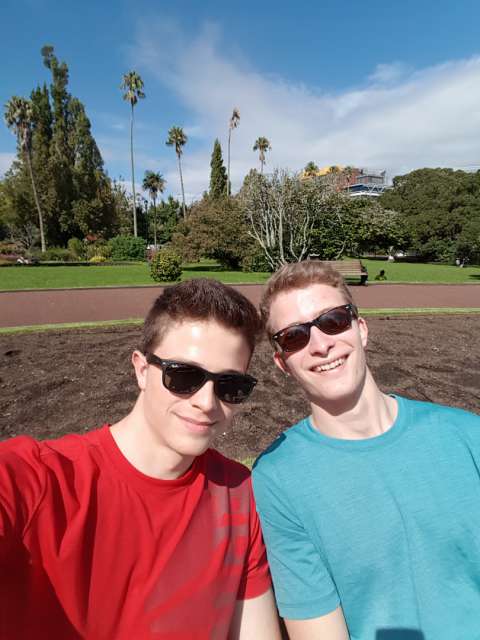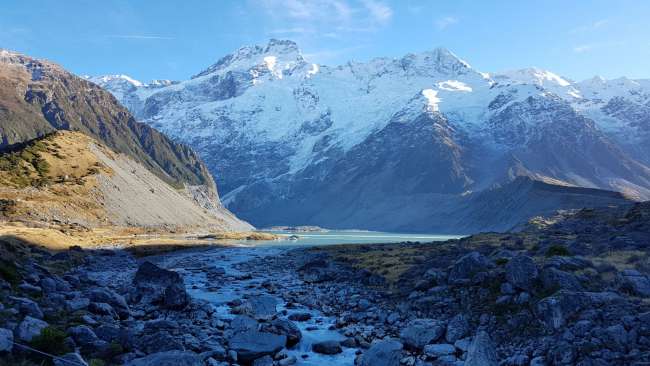From the Alps to the Sea
Buga: 23.06.2017
Biyan kuɗi zuwa Newsletter
After our one-week stay in Dunedin, we had to plan the rest of our trip slightly further in advance than usual, so that on June 28th we would take the bus towards Auckland Airport instead of heading towards the North Island. So we took out the travel guide and chose the remaining destinations that we definitely wanted to visit.
Our next stop was Oamaru, a quaint town on the east coast of the South Island, north of Dunedin. The local celebrities there are about 35-40 cm tall and are the smallest penguins in the world. Hence the New Zealand name 'little blue penguins'.
You can see these cute little creatures at sunset, when they waddle in groups from the sea and retreat to their nests on the coast.
In summer, there are even occasional penguins walking the streets, which is warned by some yellow penguin warning signs.
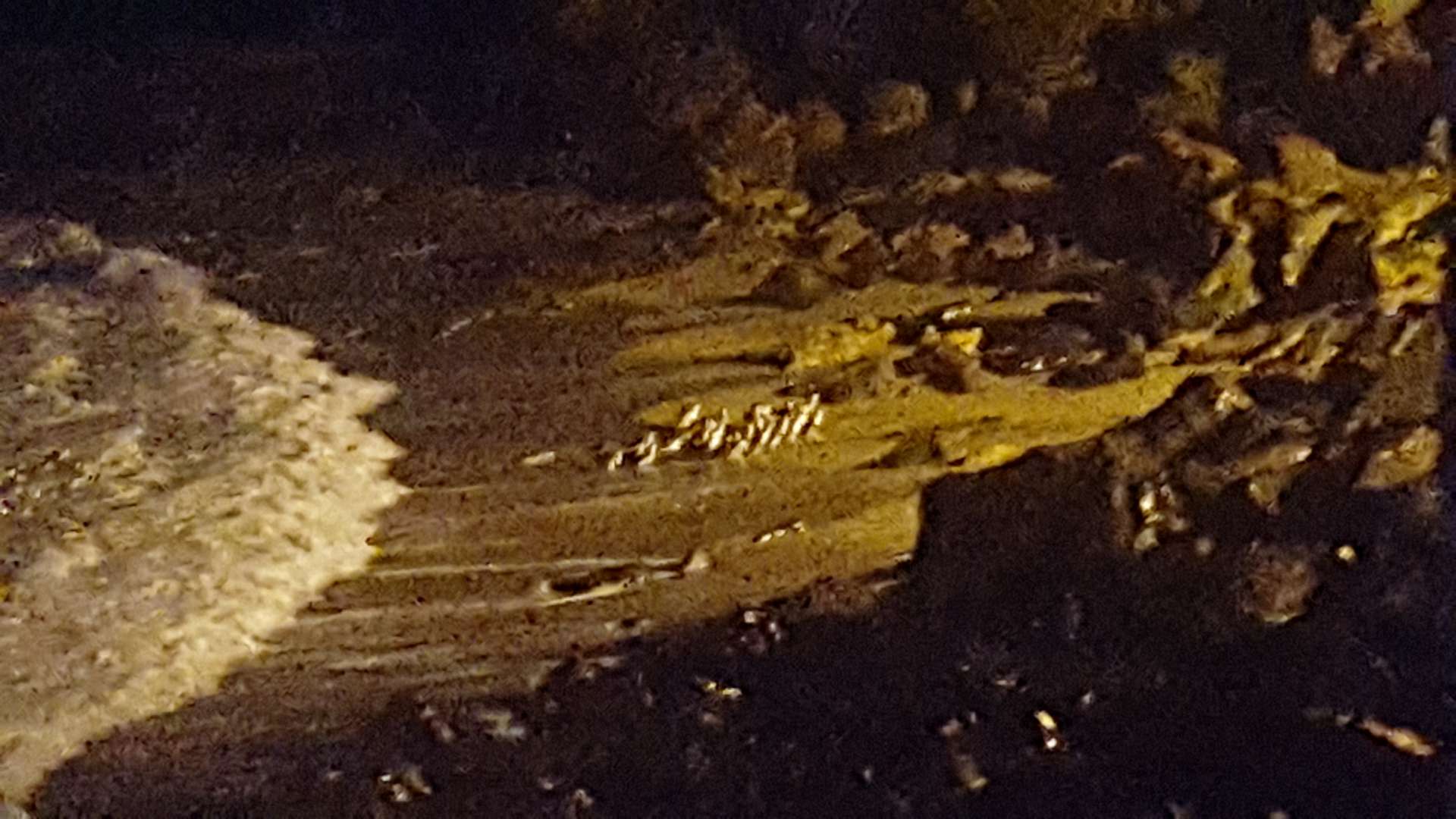
The next morning, we took the bus back north to Timaru.
A distant relative of Fabian named Eva opened a café there a year ago, where we had lunch. Her mother, who lives in Germany, happened to be visiting as well, so we were able to have a long conversation with them and exchange experiences from the land of the kiwis.
A day later, we arrived in Christchurch, the largest city on the South Island. However, when you consider that as many people live in Auckland as on the entire South Island, this statement is rather relative.
Since Canterbury, the region around Christchurch, is particularly exposed to high tectonic activity due to the convergence of several plates, the city suffered particularly severe earthquakes in 2010/2011, the consequences of which are still evident. The word 'construction site' is probably an apt description for the entire city center, and on even the smallest tour of the city, you can see numerous orange-clad construction workers passing by, working day and night.
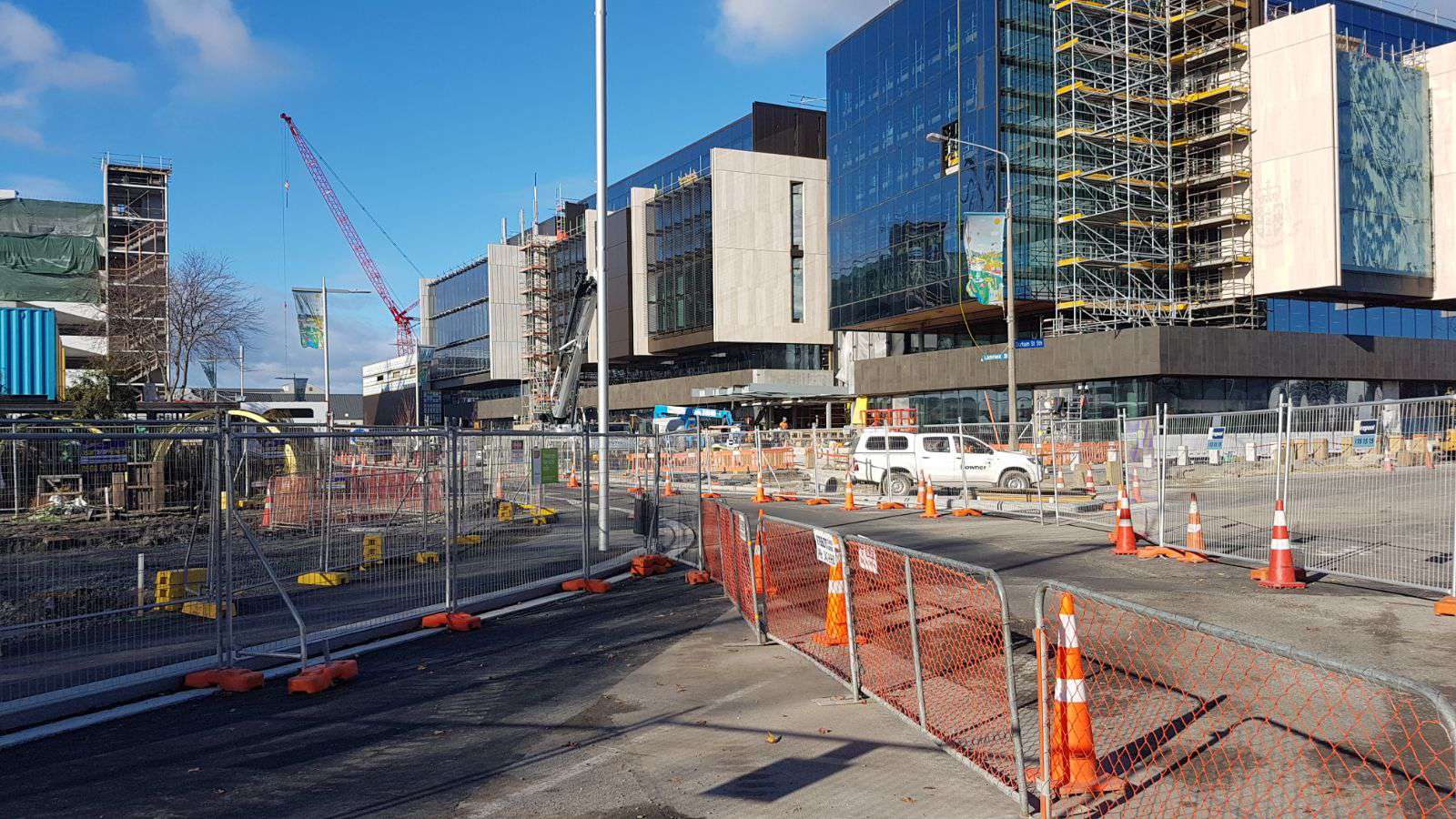
The local cathedral in the city center is heavily damaged and it has been decided not to rebuild it. Therefore, it now stands overgrown and partly collapsed, as a special memorial.
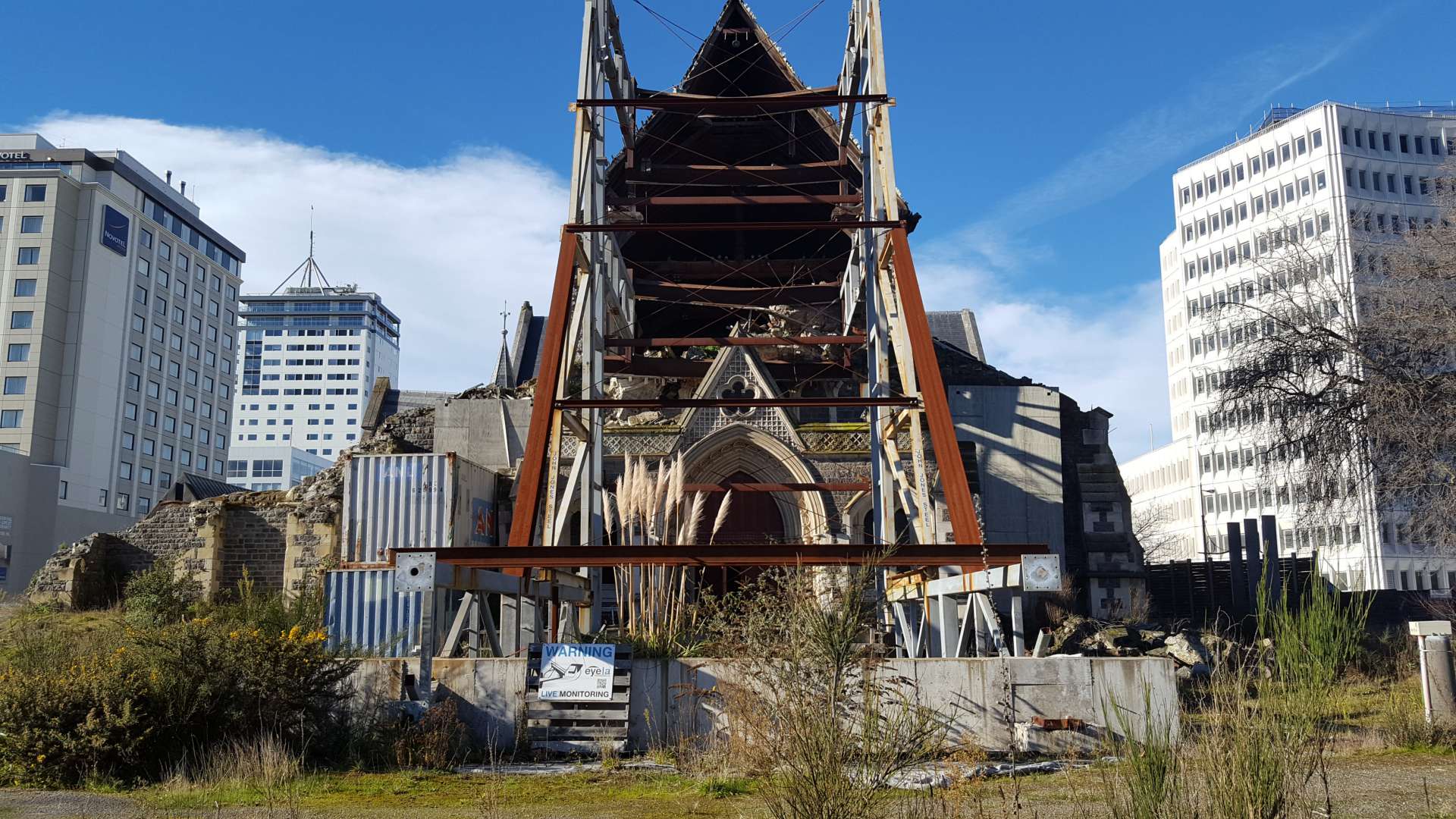
The Quake-City Museum, which we visited afterwards, clearly shows the shocking impact of the earthquakes on the lives of New Zealanders and the destruction of Christchurch. We were most impressed by the interviews with residents directly affected by the earthquakes, who had to come out of collapsing buildings or who lost family members as a result.
For the victims, a monument was erected consisting of 185 empty white chairs, one for each victim, designed by their loved ones.

Also on our route, Mt. Cook, the highest mountain in New Zealand at 3724m, was definitely a must-visit.
Aoraki, as it is called by the Maoris, stands majestically above the surrounding mountains and was definitely worth a visit.
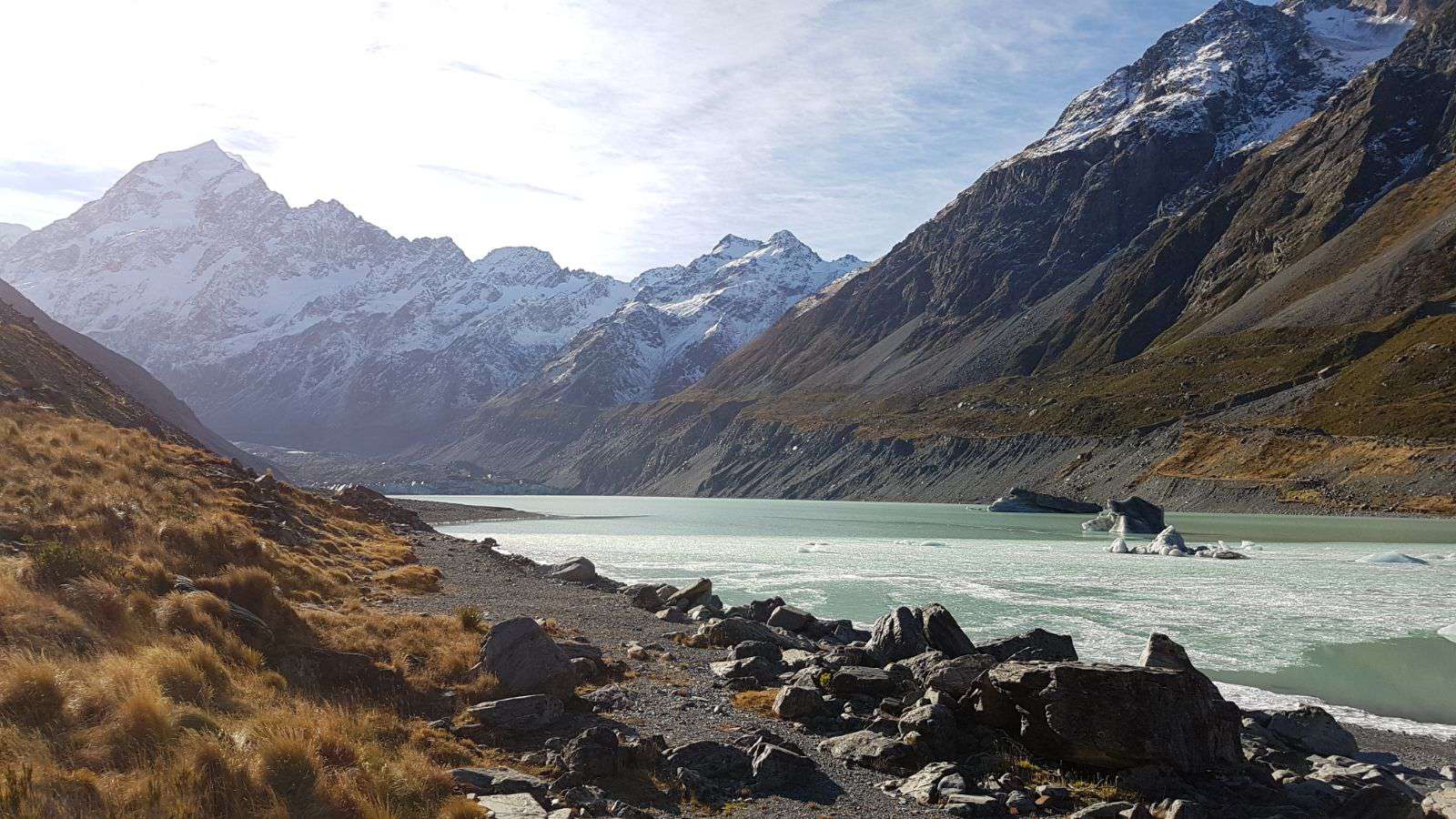
Near Mount Cook National Park is the small town of Tekapo.
The name comes from Lake Tekapo, which is right beside it.
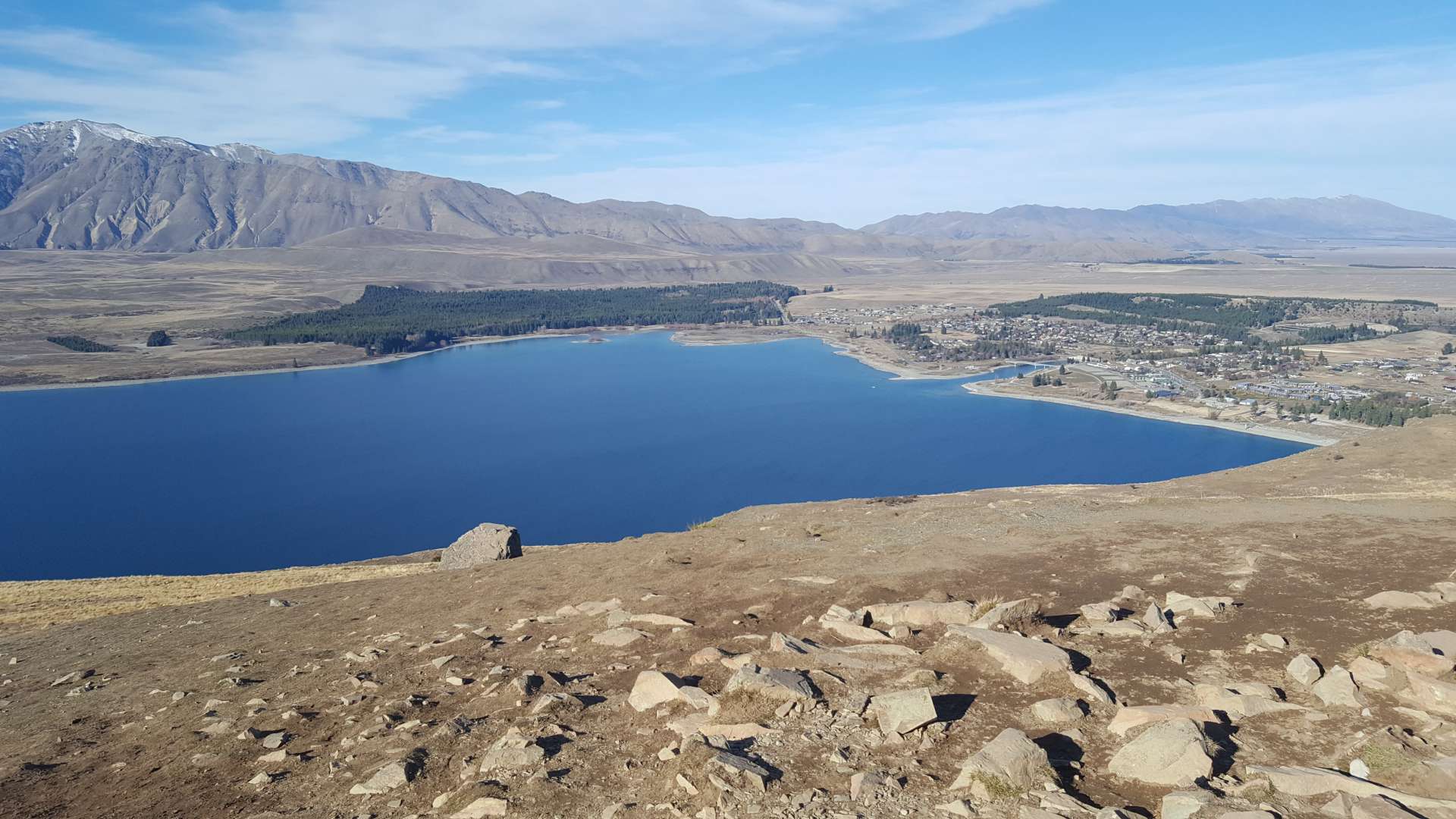
At the summit of Mount John, a small mountain right by the lake, there has been an observatory of the University of Canterbury since 1963.
In 2012, the area around Mt Cook and Tekapo was awarded the Dark Sky Reserve Gold by the International Dark-Sky Association (IDA), of which there are only 3 in the world. The area has minimal light pollution, making the night sky appear even brighter.
We booked a tour for the Mt. John Observatory and were able to view the moon, Saturn, Jupiter, and several stars up close through telescopes. Not only were these sights worth it, but our guides also told us some incredible and interesting things. The distances in the universe are incomprehensible, and we learned a lot about the planets in our solar system and space travel.
In Kaikoura, our next destination, we spent a total of three days in a rather small, but very friendly and personal hostel.
Due to favorable ocean currents, the bay around this place is particularly rich, which is why many marine creatures can be found here, from sea lions and dolphins to large animals like sperm or killer whales.
So, of course, we couldn't miss the opportunity to go on a whale watching tour to experience these sea giants up close.
We spent 3.5 hours on a boat heading out to sea and were able to see a total of 4 whales, 1 humpback whale and 3 sperm whales. The crew also told us a lot about the behavior and life of these whales.

Before our bus returned to Christchurch, we used the remaining hours for a bike tour to the nearby seal colony.
Even before we reached it, we were greeted by particularly relaxed specimens that had made themselves comfortable on the cycle path and in the meadow and were sleeping.
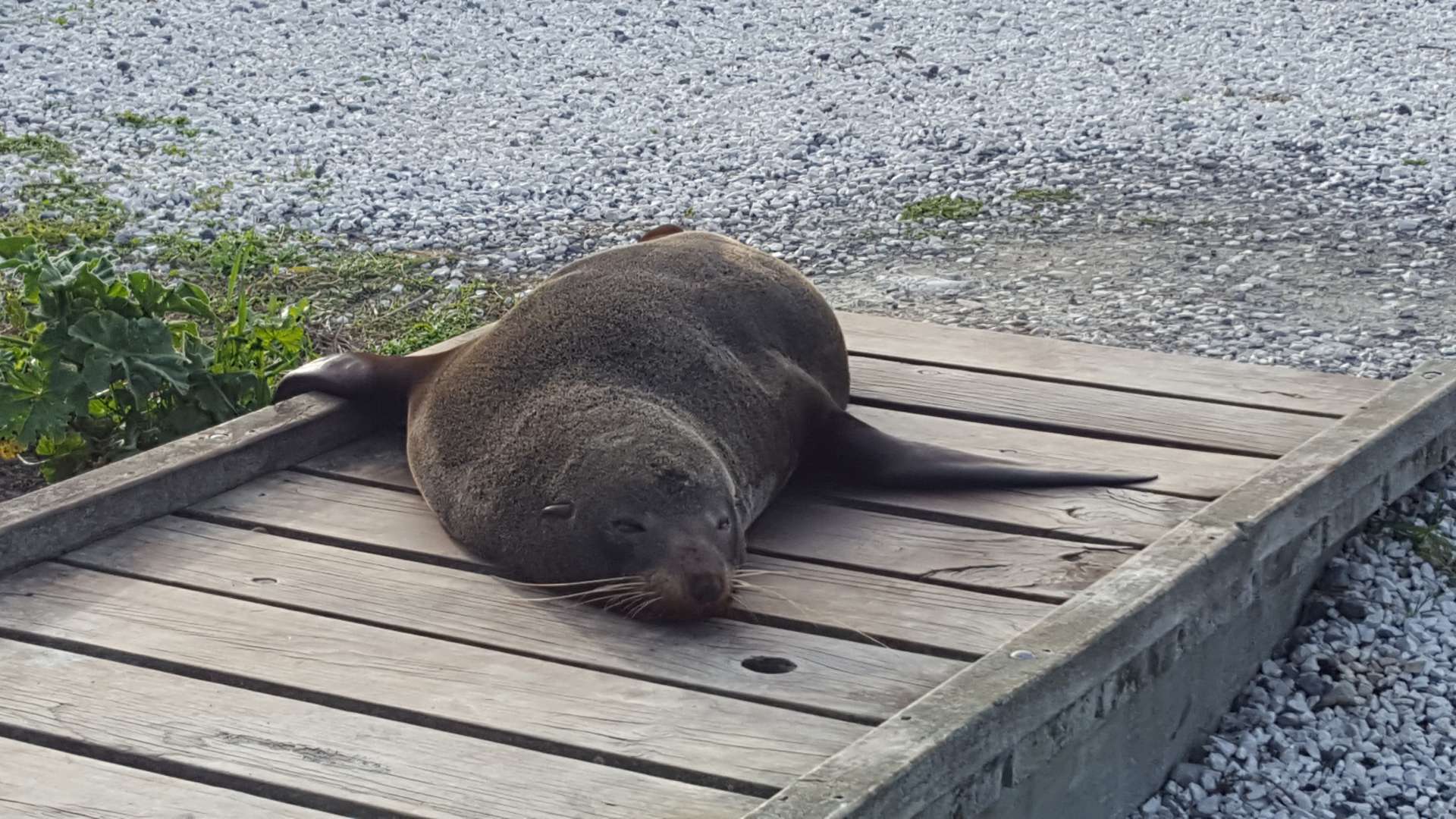
The next morning, we set off from Christchurch to Picton, the northernmost place on the South Island, from where we took the ferry to Wellington the next day.
Biyan kuɗi zuwa Newsletter
Amsa

